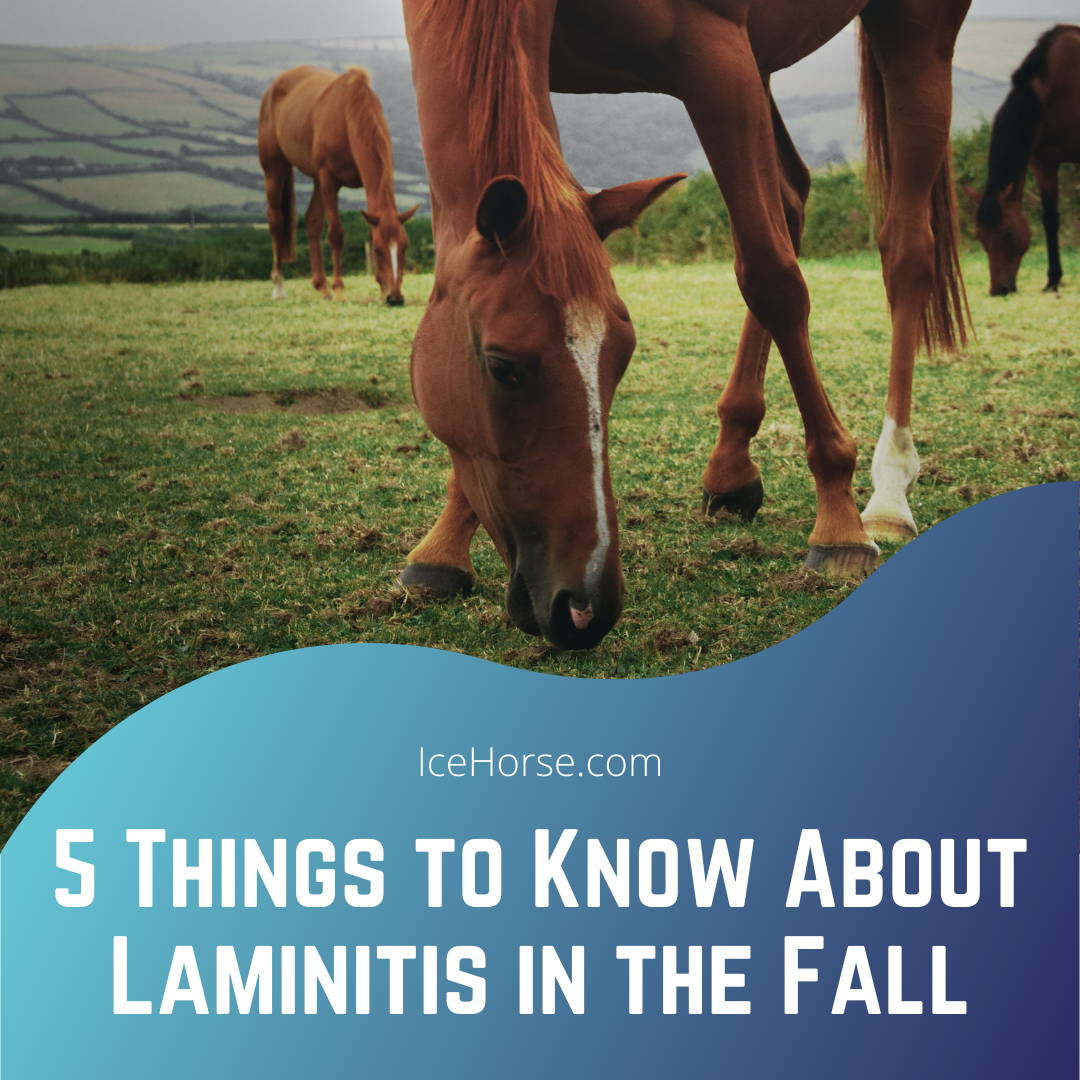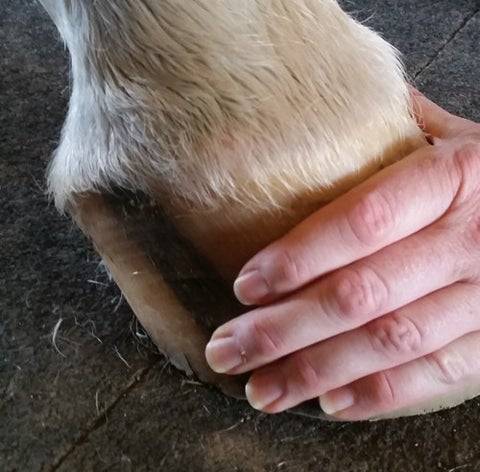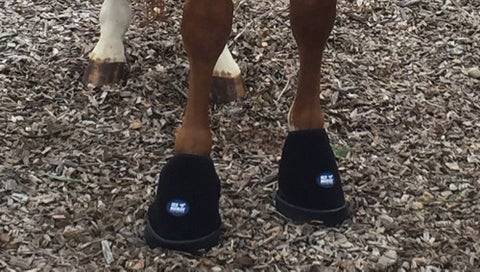Your Cart is Empty

5 Things to Know About Laminitis in the Fall

Laminitis can happen at any time - although most cases happen in the spring and fall. Some studies have even found that laminitis happens more in the fall. Here are five things to remember about laminitis, your horse, and the changing seasons.
1. As days get shorter, your horse’s body tells him to do a few things. Grow a winter coat, start packing on some pounds, and increase levels of Adrenocorticotropic Hormone, also known as ACTH. ACTH level can be easily measured with blood tests, and the results give your Vet a picture of your horse’s metabolic health. The normal and metabolically healthy horse will have increased levels of ACTH in the fall. The horse with a compromised metabolism will have dramatically increased levels of ACTH in the fall. This is dangerous, as the ACTH tells your horse to produce more insulin, which compromises the integrity of the hoof’s laminae and can make a bout of laminitis much more likely.
2. Temperature differences can lead to increased stress on pasture grass. When grasses are stressed, they will start to hoard “sugars” in an effort to survive. In the fall, cool nights and warm days signal the grass to start hoarding “sugars”. A good rule of thumb is to avoid grazing when the overnight temps are below 40 or so. Wait until afternoon. However, you also may have a fall heat wave, which can also stress the grass in the afternoon. Be prepared to adjust accordingly.
3. Be aware of the ground’s hardness. Periods of drought or an early freeze can leave the earth hard and unforgiving. As your horse moves around on the hard ground, he might be more likely to get a stone bruise. Hard ground is also more concussive, which creates some problems. Avoid riding on hard surfaces and make sure your horse has somewhere comfortable to stand. A mat or bedding in an outdoor shelter are good ideas.

Check your horse's hooves for heat daily, if not more.

4. Know that damage from laminitis can take a few hours. Yes, hours. The moment that you even begin to think something is wrong, call the Vet and get your horse into some ice. You may just think he’s walking a little slower, or he doesn’t want to turn so easily, or his digital pulse is a bit stronger. Don’t hesitate.
5. Keep exercising your horse! The horse in a regular exercise program is less likely to develop laminitis. Your Veterinarian and trainer can help you design an exercise program for your horse’s medical and physical needs. It’s up to you to not skip days because the weather seems too cold or you have too much homework. (But really, make sure the homework gets done.) It’s often fun and a great way to really bond with your horse riding in all sorts of weather and temperatures.
Keep a watchful eye and monitor those hooves all the time!
Ice Horse Laminitis Kit
If you do end up with a case of laminitis, you can use the Laminitis Kit to keep your horse's hooves cold - reducing inflammation and providing some pain relief. Learn more about the laminitis kit here!

